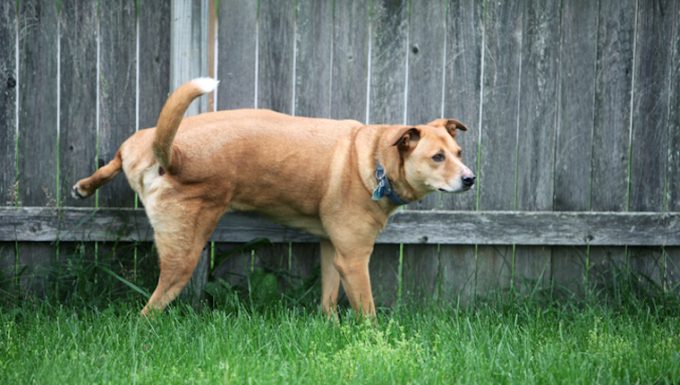Insufficient urine production in dogs often happens when a dog does not pee enough or basically at all. Usually, kidney problems cause the condition.
Technically, the condition is also known as oliguria and anuria in dogs. Specifically, oliguria is when a dog produces a very small amount of urine and anuria is when a dog produces almost no urine. Also, you can read about a complete inability to urinate in dogs here.
If you see the signs of the condition in your dog, then get to a veterinarian for a proper diagnosis and treatment.
Here’s what you should know about the symptoms, causes, and treatments for the condition.
Symptoms of Insufficient Urine Production in Dogs
The condition produces a range of symptoms. For example, some of the most common symptoms include:
- Very small amounts of pee produced
- Not peeing very often
- Dehydration
- High pulse
- Weight loss
- Loss of appetite
- Shock
- Vomiting
- Heart disease
- Acting lethargic
Causes of Insufficient Urine Production in Dogs

The cause of the condition can be a number of things. Usually, it involves the kidneys. For example, some of the common causes include:
- Renal problems
- Low blood pressure
- Kidney disease
- Sugar diabetes
- Urinary tract obstruction
- Trauma
- Urinary bladder rupture
Treatments for Insufficient Urine Production in Dogs
Firstly, your vet will ask about your dog’s symptoms. Secondly, your vet will ask about your dog’s full medical history.
Thirdly, a full physical examination will be carried out. Urine tests will also be taken. Sometimes, an electrocardiogram (EKG) and ultrasounds are ordered.
Ultimately, a process called urethrocystoscopy can diagnose the condition. Technically, this process can monitor your dog’s bladder.
Generally, treatment needs to happen quickly. Otherwise, the condition could prove to be life-threatening.
Ultimately, treatment will target the underlying cause of the condition. Intravenous fluid therapy is often used. Additionally, any obstructions in your dog’s urinary tract need to be removed.
Generally, dogs treated for this condition will need to use a catheter. This is to monitor their urine during recovery.
Have you ever cared for a dog who suffered from this condition? How did your vet help your dog recover? Let us know in the comments section below.









